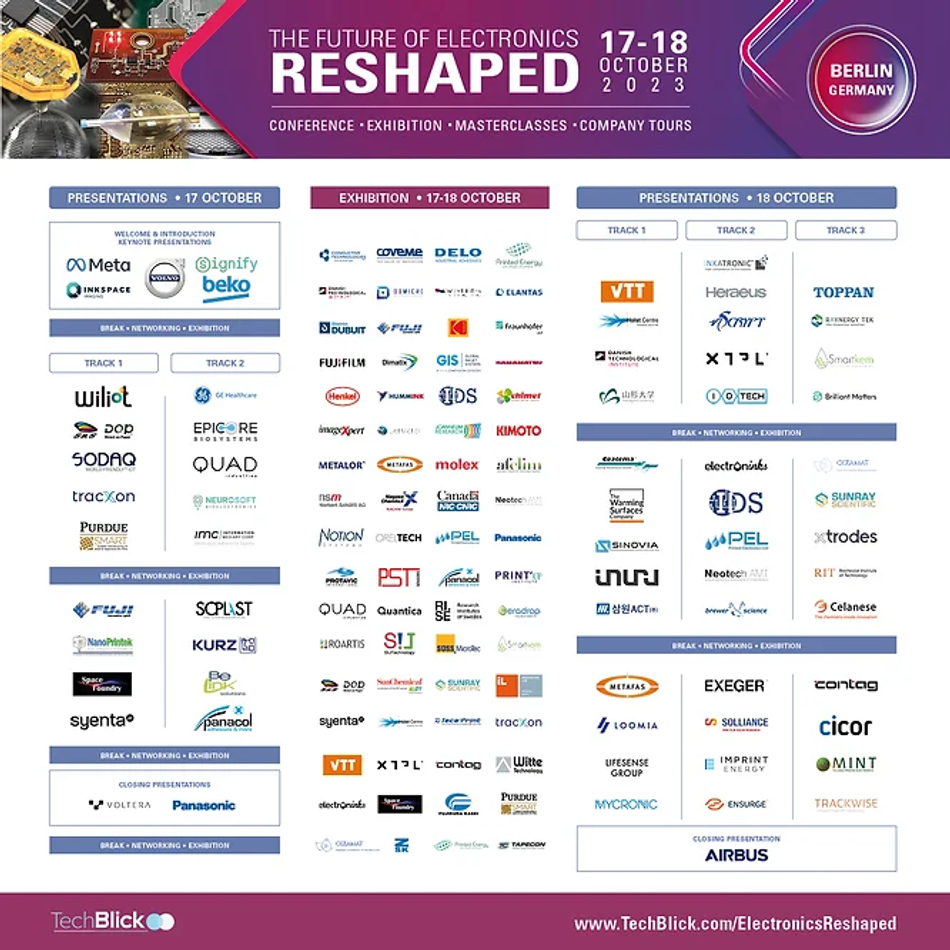How far can we flex?
In wearables, the design on paper often does not work in practice. In this world, your idea may only go as far as your chosen contract manufacturer can take you. It is the key role of the contract manufacturers to help you make the vital adjustment to make your product a success.
This article was first published on
www.techblick.comIn wearables, the design on paper often does not work in practice. In this world, your idea may only go as far as your chosen contract manufacturer can take you. It is the key role of the contract manufacturers to help you make the vital adjustments and help you realize your products.
For this article we invited Scott Lavine from Conductive Technologies Inc to explain more on the key role of contract manufacturers in developing wearable and flexible product. This article originally appeared here.
The Role of the Contract Manufacturer in the Wearables Market.
In the world of wearables, your idea may only go as far as the contract manufacturer you chose to partner with can take it. Taking a concept from the lab to commercialization frequently requires a number of adjustments. Working with a contract manufacturer who has the flexibility to make adjustments in order to bring your product to market may be the difference between commercial success and failure.
A wearable sensor design, at its basic concept, consists of conductive inks printed on a substrate. In the manufacturing world, a basic concept can quickly turn into a complicated process. The contract manufacturer needs to marry all the aspects of a design together in order to create the perfect component.

Conductive Inks
Your wearable product will call for a conductive ink made of carbon or silver and possibly with a dielectric ink as an insulator. The first instinct with a wearable may be to go with inks that provide the most elasticity. This sounds like it would make sense especially if the wearable is intended to move with the person’s body. Even the most elastic of inks start to break down as they are stretched. There are many factors that go into selecting the correct inks. Partnering with a contract manufacturer with established ink vendor relationships, experience in the manufacturing of wearables, and enough experience to identify design change is important to the success of your product.
Substrates
The substrate, or the base material that the sensor is printed on, is a key component to the design of a wearable device. Chosen based on flexibility, durability, or other physical characteristics, the substrate in the planned design may not be compatible with the manufacturing process. So, what do you do now? Your contract manufacturer should have experience with a number of substrates and be able to recommend other materials/

Carriers
Projects may require, either by design or as a design change during manufacturing, to have the conductive printing applied to an image carrier and then transferred to a substrate. You may find that the substrate used in prototyping doesn’t work in the actual manufacturing process. Issues can arise tied to the thickness of the substrate or the ability of the substrate to tolerate the temperature required for the drying process. The design of the housing for the printed sensor may not be flat and a carrier with an adhesive would be required in order to print the sensor and then attach it to the housing.
More than Printers
When considering contract manufacturers for your product, it is important to identify all of the capabilities that one vendor can provide. While it’s not always possible, it is preferable to have one vendor complete as much of the manufacturing and assembly process as possible.
The contract manufacturer you pick should have both clean rooms and environmentally controlled rooms available. Environmental contamination from either debris or temperature and/or humidity can damage or degrade printed electronics if they are not stored or handled properly during the manufacturing, assembly, packaging, or shipping processes.
Lastly, but likely the most important is that your contract manufacturer be compliant with FDA 21 CFR Part 820 and certification to ISO 13485 ensures their ability to assist your company’s medical device project along the path to FDA clearance.
Conclusion
The adage, “You don’t know what you don’t know” holds true when taking a wearable design from prototype to full-scale commercialization this is all the more reason to pick the contract manufacturer who knows what you don’t.
Conductive Technologies Inc and the entire global community will be in Berlin on 17-18 OCT 2023 to RESHAPE Electronics, making it Wearable, Flexible, and Additive. Explore the programme and book your meetings now to take your next products from concept to pilot to mass production.


